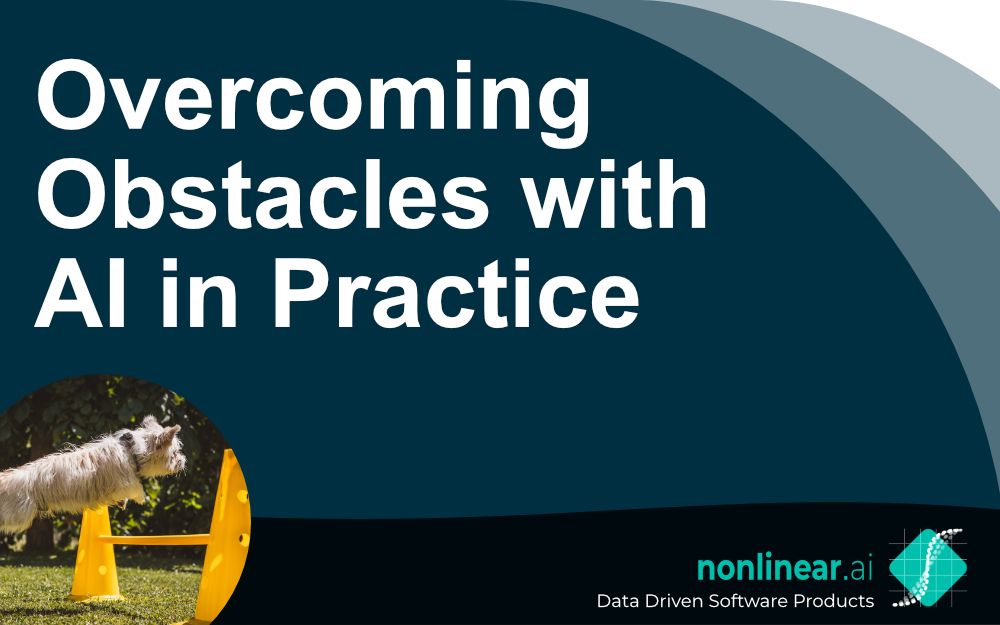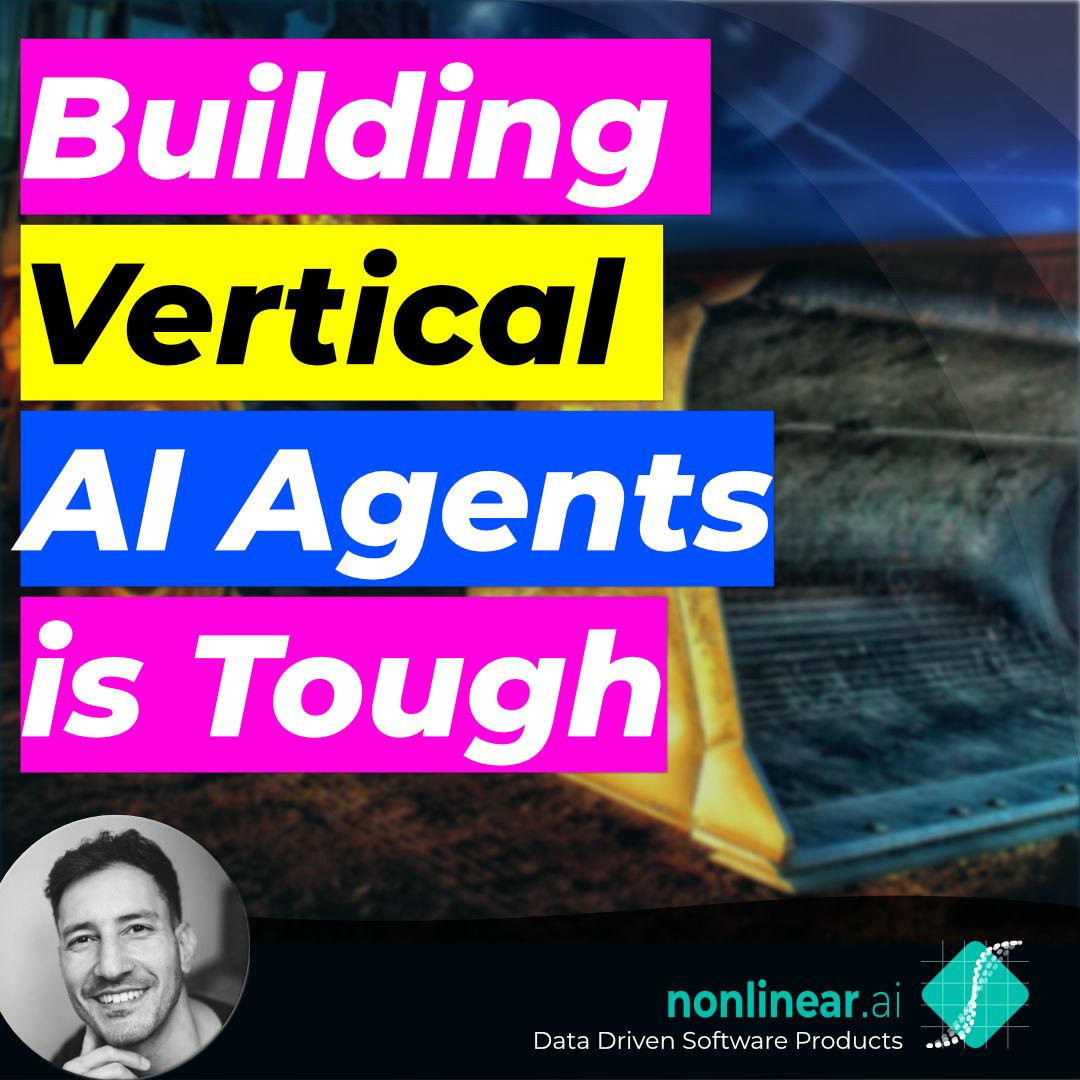Introduction
Artificial Intelligence (AI) has become the buzzword of the digital era, revolutionizing industries and reshaping the way businesses operate. While many tech companies have successfully integrated AI and Machine Learning (ML) into their operations, some organizations still face challenges in adopting these transformative technologies. In this blog post, we will explore the factors that hinder the smooth introduction of AI within an organization and potential solutions to overcome these obstacles.
Reluctance to Invest in New Technologies
One of the primary barriers to implementing AI is the reluctance to invest in new and emerging technologies. Organizations may hesitate to allocate resources to AI initiatives due to uncertainties about the return on investment or concerns about the complexity of integrating AI into existing systems. However, staying ahead in today's competitive landscape often requires embracing innovative solutions, and investing in AI can yield substantial benefits in the long run.
Solution: To overcome this obstacle, it's crucial for organizations to conduct thorough research and understand the potential benefits that AI can offer. Demonstrating successful AI use cases and showcasing real-world examples of how it can enhance productivity and profitability can help build a compelling case for investment.
Availability of High-Quality Data Sets
AI models heavily rely on large volumes of high-quality data to deliver accurate and meaningful results. Many organizations struggle to access relevant and diverse datasets required for training AI algorithms effectively. In some cases, the available data might be insufficient or of low quality, leading to subpar AI performance.
Solution: To address this challenge, organizations can collaborate with data providers, consider data partnerships, or invest in data enrichment techniques to improve the quality and quantity of their datasets. Additionally, exploring publicly available datasets and leveraging data-sharing communities can also be valuable resources.
Missing AI/ML Domain Knowledge
AI and ML technologies require specialized expertise to be implemented successfully. Organizations may face difficulties in hiring or upskilling employees with the necessary domain knowledge in AI and ML.
Solution: To overcome the lack of expertise, organizations can invest in training programs for their existing employees or collaborate with external AI consulting firms to provide the required knowledge and guidance. Building a team of data scientists, ML engineers, and AI specialists can significantly enhance the chances of successful AI implementation.
Resource Constraints / Other Priorities
Limited resources, both in terms of budget and manpower, can pose significant obstacles to adopting AI. Organizations might be preoccupied with other pressing priorities, making it challenging to allocate sufficient time and resources to implement AI projects effectively.
Solution: Prioritization and resource allocation play a crucial role here. By carefully evaluating the potential benefits of AI and aligning them with the organization's long-term objectives, decision-makers can better justify the allocation of resources to AI initiatives.
Insufficient Data / MLops Infrastructure
Having a robust MLops (Machine Learning Operations) infrastructure is essential to support the development, deployment, and maintenance of AI models. Insufficient infrastructure can lead to bottlenecks and inefficiencies in the AI development process.
Solution: Investing in a well-designed MLops infrastructure that can handle data preprocessing, model training, deployment, and monitoring is vital to streamlining AI development. Leveraging cloud-based solutions can also ease the burden of managing infrastructure.
Legal Reasons
Some organizations may hesitate to adopt AI due to concerns about data privacy, security, and compliance with regulatory requirements. Legal and ethical considerations can be significant barriers to AI implementation.
Solution: Organizations should conduct comprehensive legal assessments to identify potential risks and ensure compliance with relevant laws and regulations. Implementing strong data protection measures and adopting transparent AI practices can build trust among customers and stakeholders.
Other Obstacles
Apart from the aforementioned factors, various other organization-specific obstacles might hinder the adoption of AI. These could include cultural resistance to change, lack of executive buy-in, or legacy systems incompatible with AI integration.
Solution: Addressing these unique challenges requires a tailored approach. Open communication, involving all stakeholders in the decision-making process, and fostering a culture of innovation can help overcome these obstacles.
Conclusion
Integrating AI into an organization's processes can unlock numerous opportunities for growth, efficiency, and competitive advantage. However, to harness the full potential of AI, organizations must proactively address the obstacles that stand in their way. By overcoming reluctance to invest in new technologies, improving data accessibility and quality, building expertise, and addressing infrastructure and legal concerns, organizations can pave the way for successful AI adoption. Embracing AI as a strategic enabler can position businesses at the forefront of the AI revolution and drive transformative change across industries.



